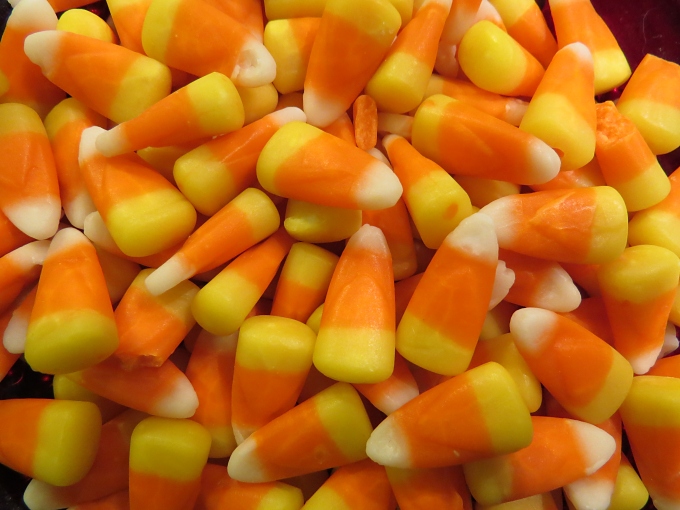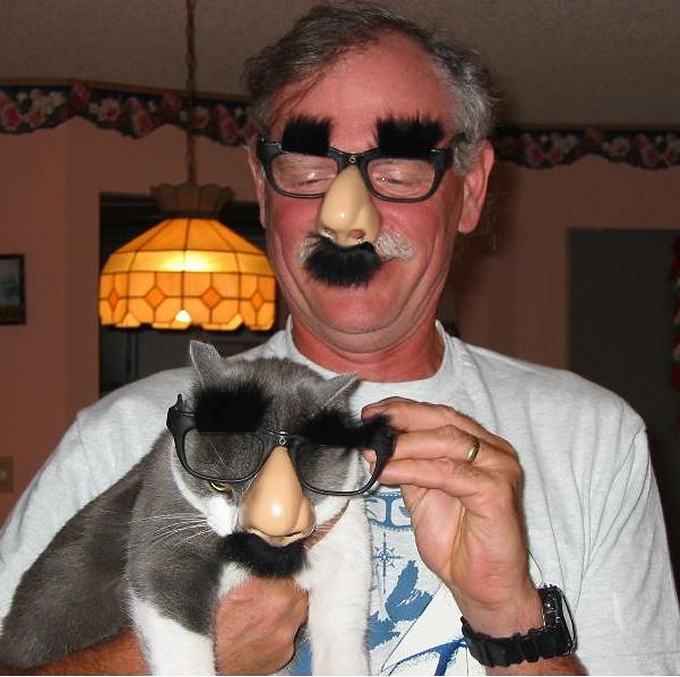Hallowe'en
/All Hallows Eve, shortened to Hallowe'en, has to be one of the biggest, most popular holidays in the US, but it all started in Ireland. And we thought the Irish only celebrated St. Patrick's Day. Au contraire … they light bonfires, dress in costume, go trick-or-treating and party hardy. Not so different than here, probably because we borrowed most of our traditions from them … and then enhanced and commercialized them a bit.
More candy is purchased in the US on the days leading up to Hallowe'en than for any other holiday. Americans purchase 600 million pounds worth of Hallowe'en candy … $2 billion in sales! More than Easter, Christmas and Valentines Day … wow! The top seller? Candy corn, according to the Chegg Blog. I believe it. We're not usually candy eaters, but we've been nibbling on candy corn since the end of September.
Decorating for Hallowe'en has become quite the expense. Never mind the cornstalks, pumpkins and occasional plastic skeleton we used to employ each year. Now people trim their houses with orange lights, buy huge, scary inflatables and deck out their yards with motorized coffins and animated zombies. Beyond the $2 billion in candy sales, Americans are expected to spend nearly another $5 billion in decorations and costumes. That's quite a wad to spend in these reputedly terrible economic times.
There are scary movies to watch like Halloween 1, 2, 3+, ad nauseum. There are stories to read like The Legend of Sleepy Hollow (also a movie and a television series if you're lazy) and a host of others. Most importantly, there are cool costumes to wear.
Witches consider Hallowe'en their most important holiday of the year. It's known as Samhain (pronounced Sow-en) on the Wicca calendar, their New Year, and it's quite a solemn celebration signifying the end of the harvest and remembering the dead (ask my sister, if you don't believe me).
Interestingly, Hallowe'en is not commercially celebrated to any great extent in most other places we've visited in our travels. In many South American countries the Day of the Dead (el dia de los muertos) is celebrated by taking the whole family on a picnic to the cemetery and sharing the day with deceased friends and relatives. Kind of a nice thought actually … people no longer living are remembered and included in a family get together.
So what are you doing this evening? We'll be filling trick-or-treat bags with Snickers and Twix for the neighborhood kids and hopefully avoiding any tricks … while sipping hot cider and rum.







